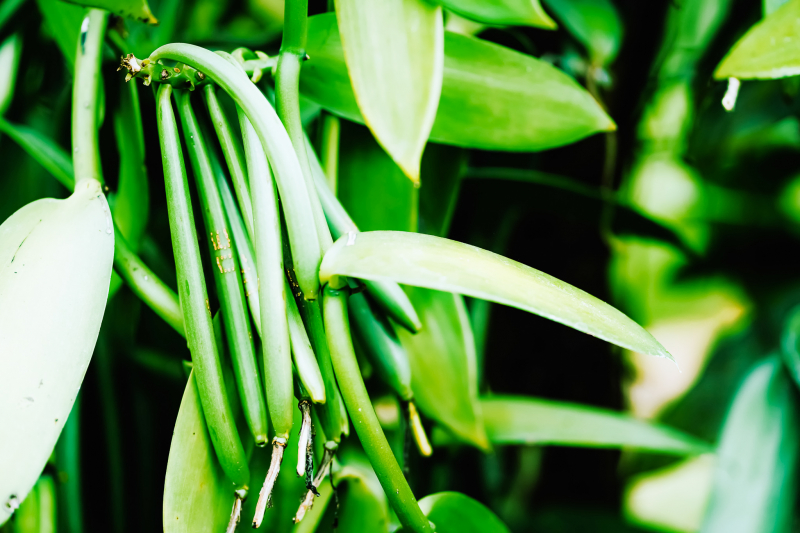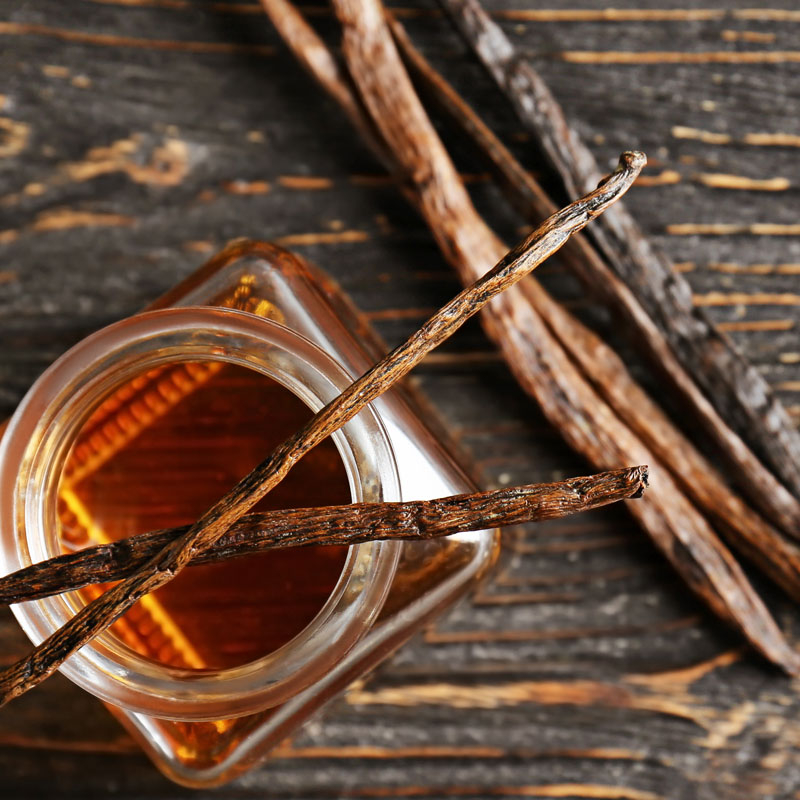Europe’s 300-Year Vanilla Problem
Vanilla is made from a native to Mexico orchid, where wild bees pollinate the plants. Vanilla can now be purchased for up to $600 per kilogram. The reason is that vanilla is extremely difficult to harvest. First off, only one orchid species—out of the hundreds—grows vanilla.
You'll face a really difficult battle if you don't have the bees to pollinate it. Even today, only professionals with extensive experience in the field should manually pollinate vanilla. The blooms only have a single day of blooming. Then the process of cultivating, drying and processing the vanilla takes about a year. That concludes today. So what occurred all those years ago?
In the 1500s, Europeans took vanilla back to the continent, where it did nothing right away. Before a Belgian gardener attempted to use science to investigate why vanilla in Europe wasn't profitable, it literally took more than 300 years. He was the one who discovered that Mexico's Melipona bee was the plant's natural pollinator and that nothing was doing the job in Europe. Bees were therefore what they were lacking. only bees.
A slave on an island in the Indian Ocean by the name of Edmond Albius wouldn't discover a method of hand pollination until 1841. Who knows how long it would have taken for someone to discover how to farm vanilla if it weren't for a little horticultural science.












